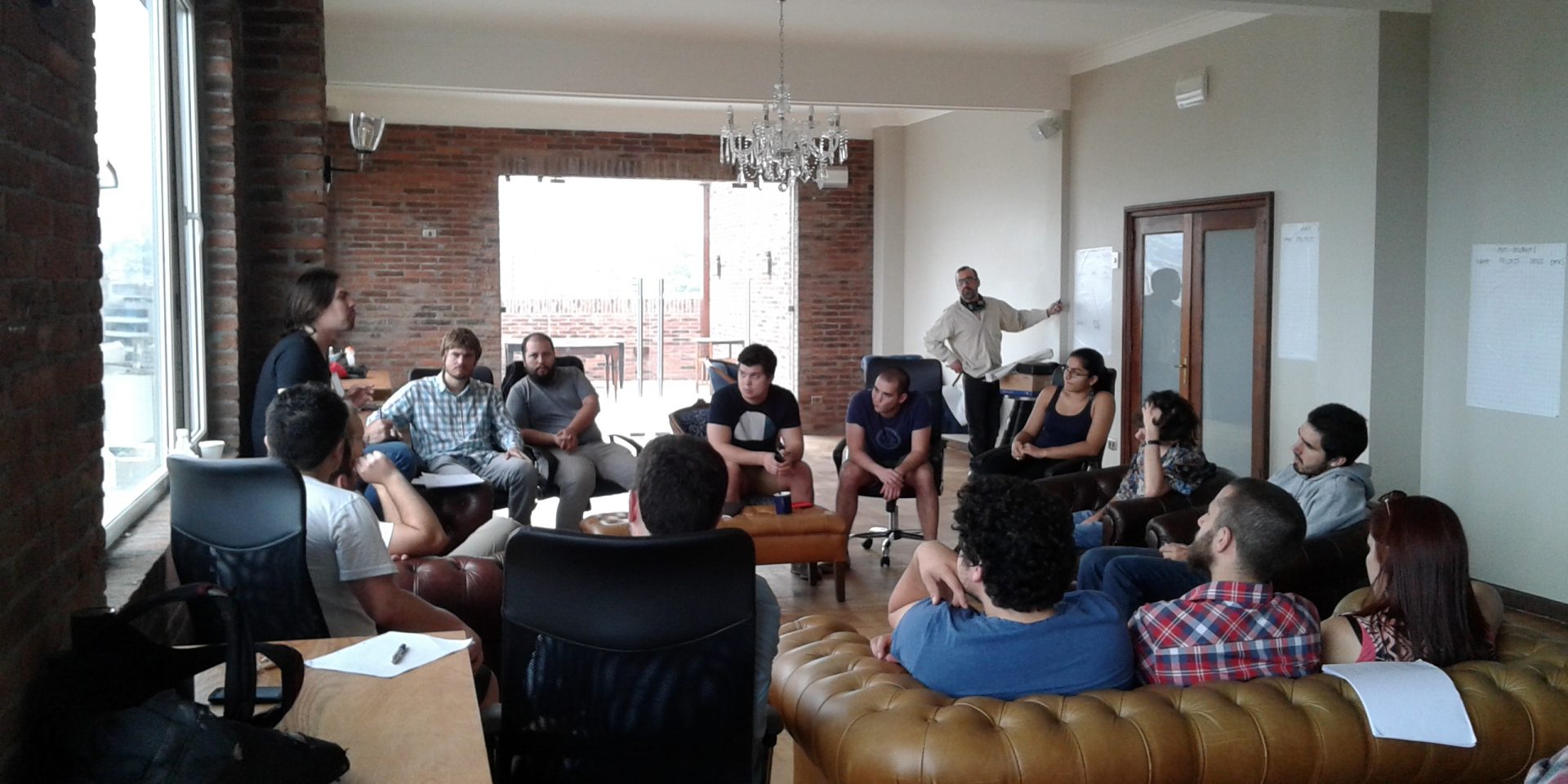

By the end of June, the book Evolution and Popular Narrative, edited by Dirk Vanderbeke and Brett Cooke, will be released. Chapter 5, entitled Social Network Complexity in Mozart’s Marriage of Figaro, was written by the Research Center in Social Complexity (CICS)’s researchers, Tamas David-Barrett and Isabel Behncke, along with James Carney and Anna Rotkirch.
This research, which will be officially published on Thursday, June 27, seeks to contribute to the study of representations of social relations on stage by exploring the narrative and dramaturgical composition of one specific work which, this time, is a case study of Mozart’s opera “The Marriage of Figaro”, an artistic piece that has persisted as an audience favorite for nearly 230 years.

The authors investigated the number and types of dyadic interactions in the libretto and analyzed representations of the social network during the opera. The results showed that the nine main characters of the opera are entangled in a social network, which is never completely present or implied in any way in the scene simultaneously; however, at the end of the second act, seven characters sing separate parts but synchronously. With this, David-Barrett and Behncke suggested that part of this opera’s enduring appeal is its narrative and structural solutions to representing complex and ecologically valid social interactions onstage.
Conclusively, it is pointed out that a relevant case study can help reflect general principles of evolutionary theory, through a specific cultural product and also serves as a testing ground for new theories and methodologies.